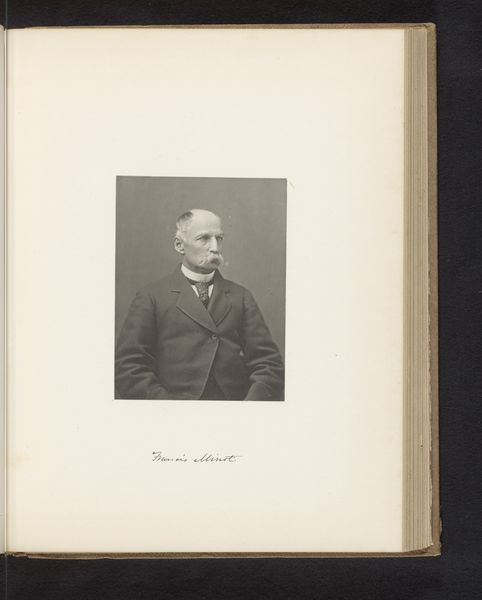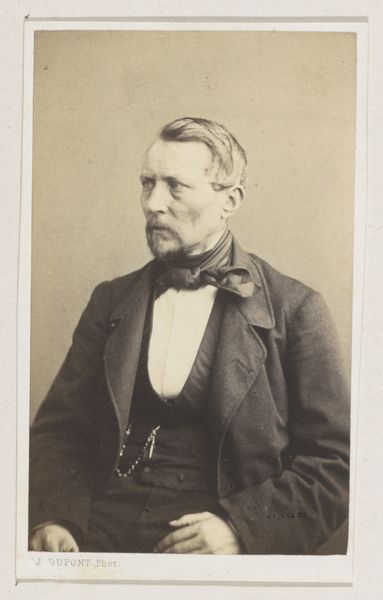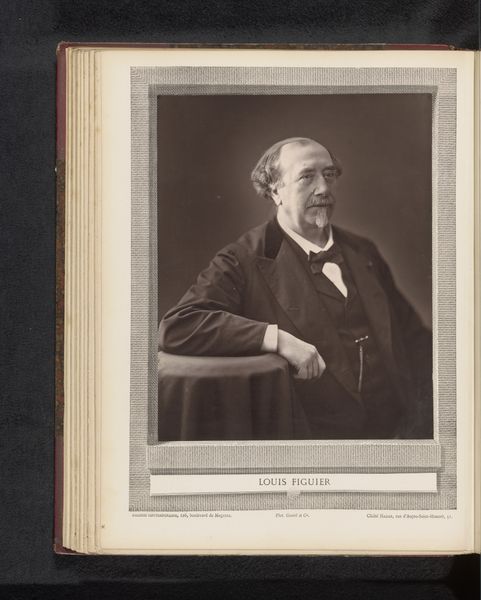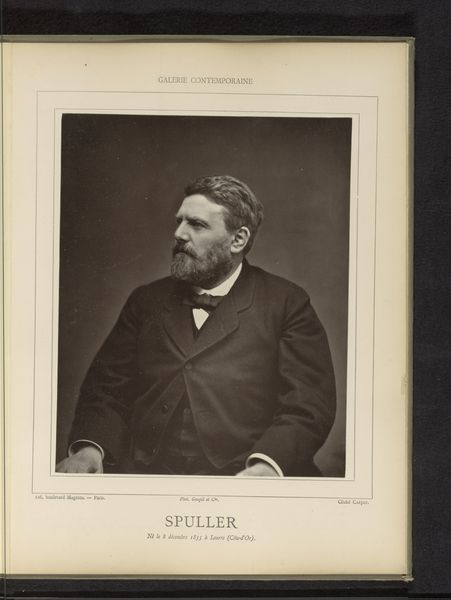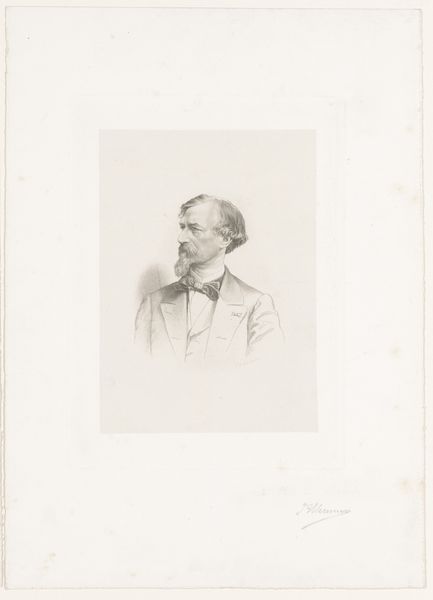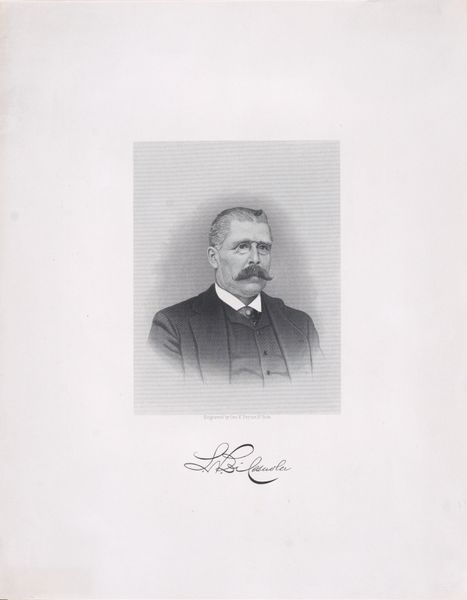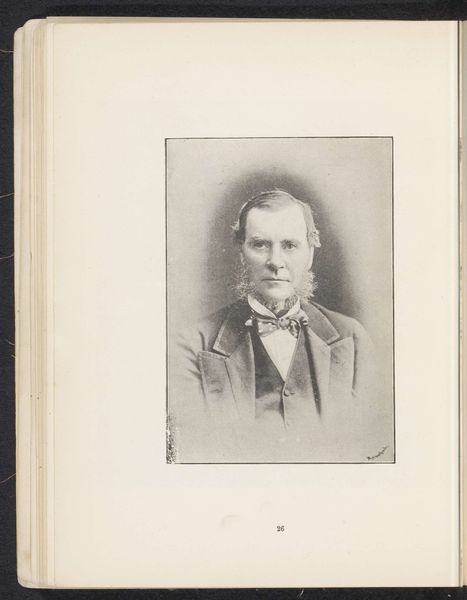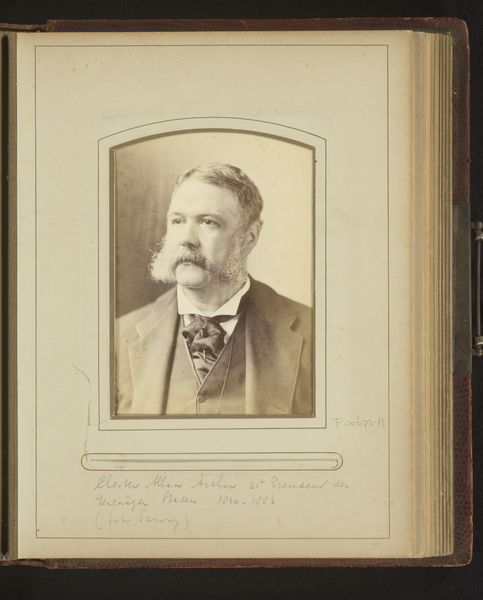
photography
#
portrait
#
16_19th-century
#
photography
#
realism
Dimensions: height 226 mm, width 182 mm
Copyright: Rijks Museum: Open Domain
Curator: We’re looking at a photograph, a portrait really, of Jean Dupuis by Etienne Carjat. It was taken sometime between 1867 and 1880, and it is now part of the collection at the Rijksmuseum. Editor: Immediately, I'm struck by the somber mood, the weightiness of the man’s gaze, amplified by the sepia tones. It evokes a sense of Victorian seriousness, almost a gravitas. Curator: Absolutely, and part of that comes from understanding the political context. Carjat was known for his portraits of prominent figures. The sitters in the nineteenth century understood the importance of projecting power. Dupuis here has adopted that, stiff neck and proper garb. There is a negotiation here between who Dupuis is and how Carjat constructs him. Editor: Look at the beard and mustache, meticulously groomed. Hair was definitely signifier, maybe even the primary signifier in the visual language of masculine identity back then. What story does it tell? Is it one of bourgeois respectability, revolutionary fervor, or something in between? Curator: That's a keen point. It points to a tension. The bow tie softens his presence somewhat, in a similar way to the flamboyant cravats of the romantics that were meant to contrast the supposed rigor of aristocratic tailoring. And we should remember the limitations the photographer had at the time; it took time to produce an image so there's inherent self-awareness in the composition. Dupuis wants to communicate. The way in which the backdrop is out of focus emphasizes Dupuis’ desire to focus attention on himself, or a select impression thereof. Editor: Indeed. The blurring has a kind of halo effect, lending an almost iconic status, reminiscent of classical portraiture even. The framing only enhances it. Ultimately, that visual symbolism elevates Dupuis to a sphere beyond just his individual existence, rooting him in this timeless idea of French manhood, even. Curator: Well, the complexities of constructing the male identity are central to understanding the portrait, in general, but more specifically, the role and importance of an elite individual's construction within nineteenth-century France is on full display. Editor: Looking closer, this isn’t just a face, but a map of coded messages and status markers. A carefully constructed fiction to examine a world. Curator: Exactly! The politics, fashion, gender roles of a singular moment now long behind us. Thank you for sharing your insights!
Comments
No comments
Be the first to comment and join the conversation on the ultimate creative platform.

